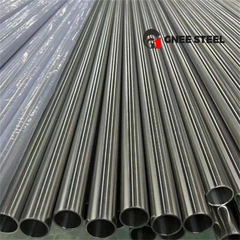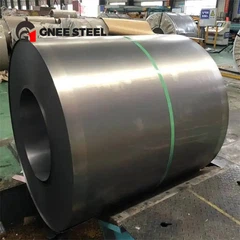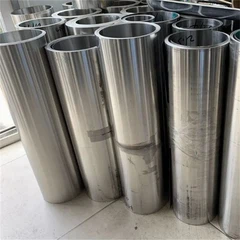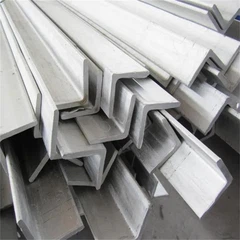What is marine grade 316 stainless steel?
Aug 13, 2025
Leave a message
What is Marine Grade 316 Stainless Steel?
Marine grade 316 stainless steel is an austenitic stainless steel alloy specially designed to withstand harsh marine and coastal environments. Known for its exceptional corrosion resistance, particularly against chlorides and saltwater, 316 stainless steel is the preferred choice for shipbuilding, offshore structures, desalination plants, and coastal architectural projects.
Why is 316 stainless steel called "marine grade"?
316 stainless steel is called "marine grade" because it performs exceptionally well in environments where most metals are susceptible to corrosion. In coastal or offshore applications, salt spray and high humidity can accelerate the rusting of standard metals. Due to its molybdenum-rich composition, 316 stainless steel remains rust-resistant even after years of exposure. It resists pitting corrosion caused by chloride ions in seawater, as well as crevice corrosion in joints, bolts, and crevices.
Chemical Composition of 316 Marine Grade Stainless Steel
The 2–3% molybdenum content is what sets 316 apart from the commonly used 304 stainless steel, giving it superior performance in saltwater exposure.
| Element | Typical Content (%) |
|---|---|
| Chromium (Cr) | 16.0 – 18.0 |
| Nickel (Ni) | 10.0 – 14.0 |
| Molybdenum (Mo) | 2.0 – 3.0 |
| Carbon (C) | ≤ 0.08 |
| Iron (Fe) | Balance |
mechanical properties of marine grade 316 stainless steel (typical values at room temperature):
| Property | Typical Value | Standard / Notes |
|---|---|---|
| Tensile Strength (UTS) | 515 – 690 MPa | ASTM A240 / EN 1.4401 |
| Yield Strength (0.2% Proof Stress) | ≥ 205 MPa | ASTM A240 / EN 1.4401 |
| Elongation at Break (A50) | ≥ 40% | ASTM A240 / EN 1.4401 |
| Hardness (Brinell / HRB) | ≤ 217 HB | ASTM A240 / EN 1.4401 |
| Elastic Modulus (Young's Modulus) | ~193 GPa | |
| Poisson's Ratio | 0.29 | |
| Density | 8.0 g/cm³ | Standard for 316 SS |
What is the difference between stainless steel and marine-grade stainless steel?
Although all stainless steel grades are resistant to corrosion to some degree, marine-grade stainless steel is ideal for marine applications. Marine-grade steel boasts a level of corrosion and rust resistance that is superior to other metals, with various grades offering unique advantages in the marine industry.
What is the difference between 316 and 316L marine steel?
While both contain chromium for surface protection and nickel for enhanced ductility, 316 has a higher maximum carbon content of 0.08%. In contrast, 316L has a maximum of 0.03% carbon content. This seemingly tiny distinction significantly impacts material behaviour during manufacturing and operation.
When purchasing 316 stainless steel, check for the following: material certification (according to ASTM A240, EN 1.4401/1.4404 standards), chemical composition report confirming molybdenum content, and corrosion resistance testing (if applicable).
GNEE has a large inventory of popular 316L stainless steel for you to choose from. We process it into a variety of practical product forms, including sheets, coils, tubes, bars, and wire. For detailed chemical compositions and free samples, please contact our factory today. We offer competitive pricing and excellent service.Email: sales@gneestainless.com

Send Inquiry






